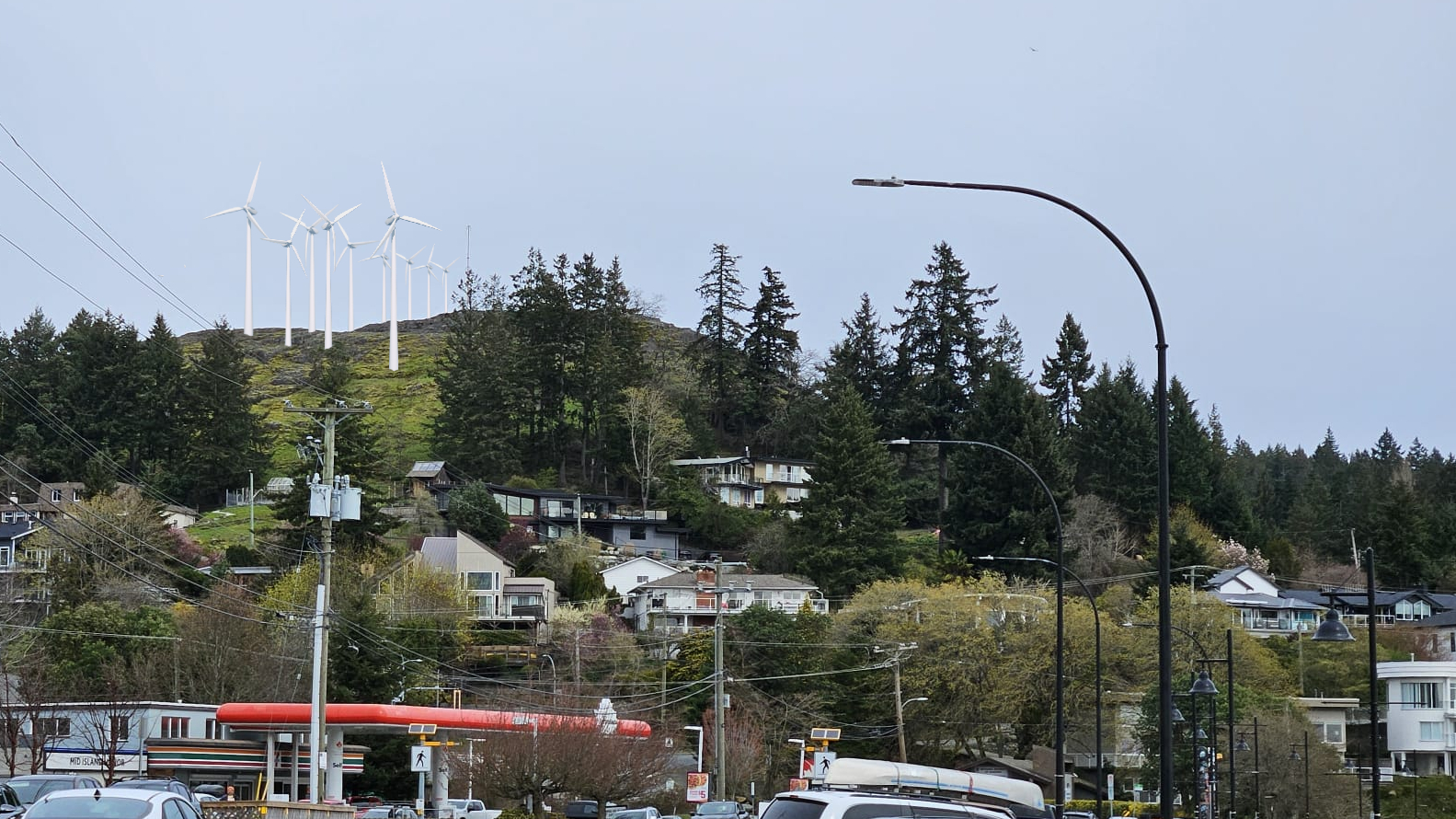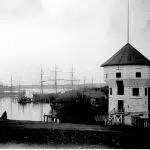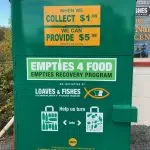
New provincial housing project tapping into Nanaimo’s mining roots
NANAIMO — Faced with escalating prices, low inventory and permitting backlogs, solutions to the local housing crisis could be right under our feet.
A new provincial government-funded initiative will see Nanaimo’s extensive network of decommissioned mine shafts renovated and repurposed into stylish, underground homes.
Housing minister Ravi Kahlon exclusively told NanaimoNewsNOW, City engineers alerted the province to the breadth of unfilled coal mines and development potential, with as many as 3,000 housing units possible in the downtown/south Nanaimo area.
“Our legislation regarding density and building ‘up’ will take time to have a real tangible impact for people in Nanaimo and across B.C. Using existing and available space below ground is a way to help people in the short-term.”






